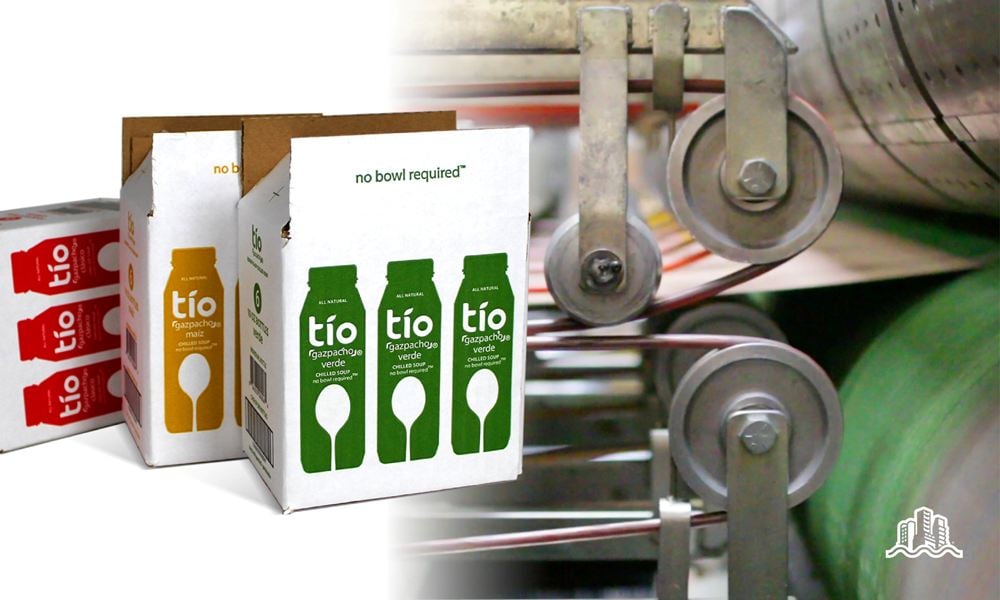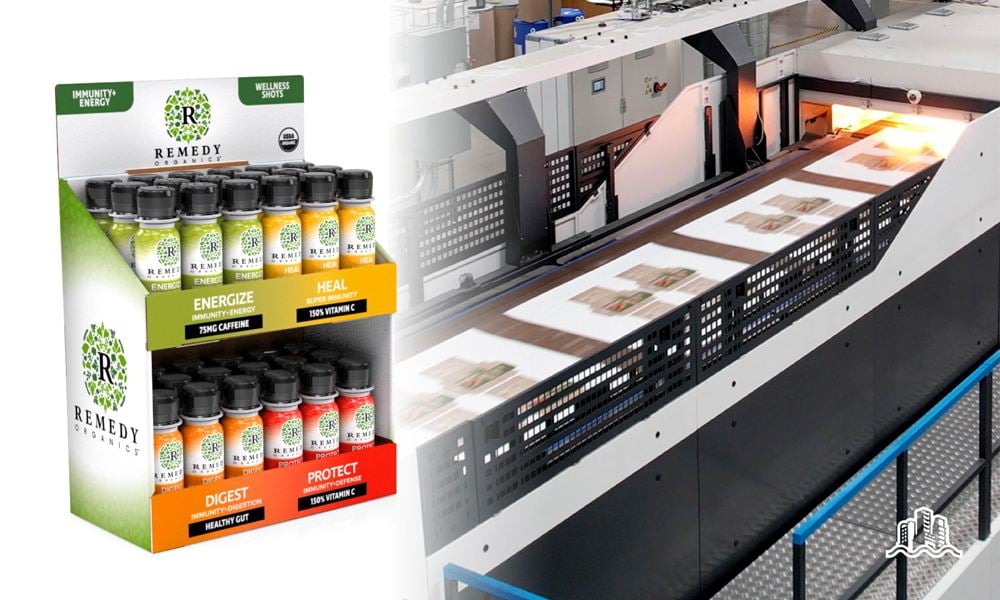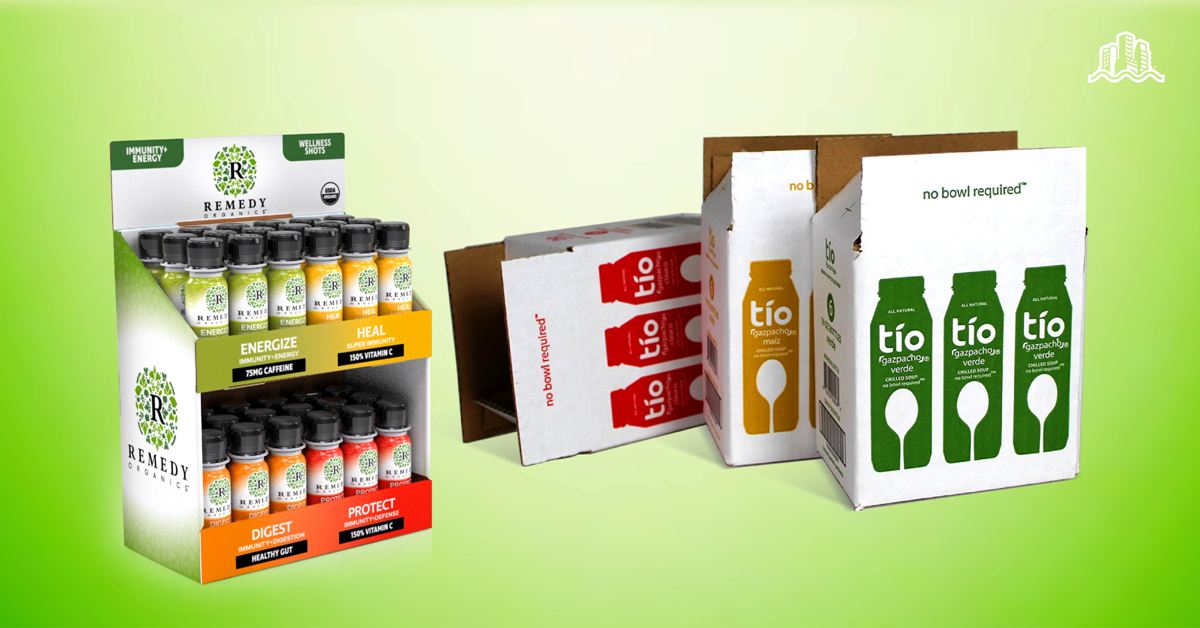Every detail matters when it comes to creating an elevated unboxing experience. If you’ve already decided to go with durable, cost-efficient, and sustainable corrugated packaging, you still have some decisions ahead — including which printing method is best.
Throughout this blog, we’ll highlight the two most common printing methods for corrugated packaging: flexo and digital. Along with addressing the different printing processes, we’ll cover additional considerations, including:
- Advantages and disadvantages of each process
- Key takeaways, when selecting between digital printing methods
- The future of digital printing in the packaging industry
- Real-world benefits of switching from flexo to digital printing
While there’s no clear answer to the question, “What’s the best printing method for packaging?”, this guide can help you determine the system most advantageous for your business’s unique needs and goals.
What is Flexo Printing?
An analog printing method that functions much like stamping, flexographic printing, AKA “flexo,” dates back to centuries-old letterpress printing techniques.
During flexo printing, ink is applied to flexible photopolymer printing plates imprinted with raised images. The rubber plates are then attached to cylinders mounted onto a web press and rolled over the printing surface at high speed to create high-resolution images. Each color within the design requires a unique plate.

Flexo Printing: Pros, Cons, and Key Takeaways
Pros of Flexo Printing
- Precise color matching
- Ability to produce high volumes within a short timeframe
- Good quality and consistent results
- Cost-efficient for long print runs (as with litho offset printing)
Cons of Flexo Printing
- Requires the use of print plates for each color
- Requires new print plates each time a change is made to artwork
- Time-consuming setup on the machine
- Not ideal for short or custom runs
Key Takeaways for Flexo Printing
If Pantone color matching and high volume, cost-effective single-job printing are your primary priorities, flexo printing may be the optimal choice.
What is Digital Printing?
Digital technologies have disrupted many aspects of business; digital printing is one example. Also known as industrial inkjet printing, digital printing is a non-contact, plate-free printing method in which the ink is directly propelled onto the printing surface to produce the desired text or image.

The Pros and Cons of Digital Printing
The Pros of Digital Printing
- Quick setups and efficient turnarounds
- Suitable for low-volume jobs and short runs
- Variable data handling supports mass customization, branding personalization, and flexibility
- Increased flexibility to change artwork without ties to print plates
- Sustainable process with water-based ink options
The Cons of Digital Printing
- Potential color matching limitations
- Not suitable for high volumes
Key Takeaways for Digital Printing
If flexibility, customization, and speed across small and large jobs are your primary priorities, digital printing may be best for you.
Is Digital Printing the Future of the Packaging Industry?
While digital printing methods were once viewed as inferior to analog technologies, technological advancements have primarily leveled the playing field.
Today, print quality results for digital printing are comparable in quality to flexographic printing. While flexo may still be the best choice if you’re printing a large volume of a single design, digital printing has exciting opportunities for small-batch printing and variations.
5 Real-World Benefits of Switching to Digital Printing
Still deciding whether embracing digital printing may be suitable for your business? Here are five digital printing benefits seen in case studies of companies that have made the switch:
- High-tech processes, like direct-to-board printing, have not only put digital printing within striking distance of flexo (in terms of print quality), but have surpassed it across factors, like fine details, more seamless tone transitions, sharper text and barcodes, and enhanced vibrancy
- Digital has opened the door to more flexible and personalized packaging targeted to unique audiences (One example: Coca-Cola’s innovative “Share a Coke” campaign)
- Digital’s faster setup times and print-on-demand nature have mitigated barriers to entry for smaller businesses, promising affordable results at any scale
- Thanks to advancements in digital efficiency and production speeds, businesses can take on higher-volume opportunities without compromising quality, speed, or budget
- While digital printing inks were once unsuitable for corrugated packaging for sensitive applications, like food, beauty, pet, and baby products, evolving technologies have produced proper food-safe ink options that comply with stringent regulations, while fulfilling consumer demand for purposeful packaging
Digital vs. Flexo Printing: Which is Right for You?
Packaging is an excellent place to begin if you’re looking to streamline your supply chain operations, while simultaneously improving your customer experience. Specifically, upgrading to digitally printed packaging may be an excellent strategy for boosting your business operations and brand.
Whether you’ve got a question about digital vs. flexo printing for industrial packaging or another packaging, design, or POP display concern, the Bay Cities team can help. To get started, request a quote today!



/BC_Logo2_White.png?width=300&height=83&name=BC_Logo2_White.png)